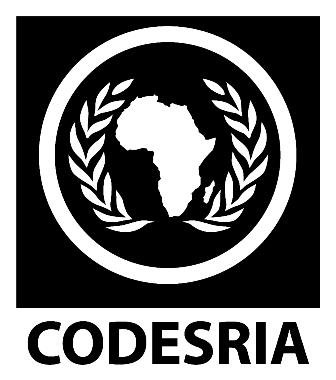Potential Impacts of the New Global Financial Architecture on Poor Countries
Keywords:
Potential Impacts, New Global Financial Architecture, Poor Countries, fundamentalistSynopsis
This study assesses the potential impacts of a New Global Financial Architecture (NGFA) on poor countries and poor people. Put forth largely by the group of most industrialized countries and the Bretton Woods Institutions, NGFA is rooted in the neo-Walrasian, market fundamentalist view of the world, with the obvious consequence of increasing the vulnerabilities of small and poorer developing countries to frequent financial crises. The study argues that the claim of this model that global growth and equity would be ’best’ served by deeper financial integration through open capital accounts is founded on shaky theoretical and empirical grounds. The model of premature and complete liberalization of the capital account in the context of endemic poverty, under developed and weak markets and institutions, and little or no formal social safety nets, is shown to exacerbate the vulnerability of small open (especially low-income) economies to disruptive and costly crises without any tangible benefits. Over time, this exposure could be growth retarding, as the devastating effects of shocks can be permanent especially on the poor. It threatens to confine deepening poverty and destitution in certain geographic boundaries and prosperity in others, leading to an ever widening gap between rich and poor countries and peoples.
Downloads






